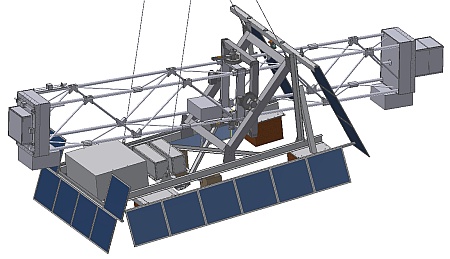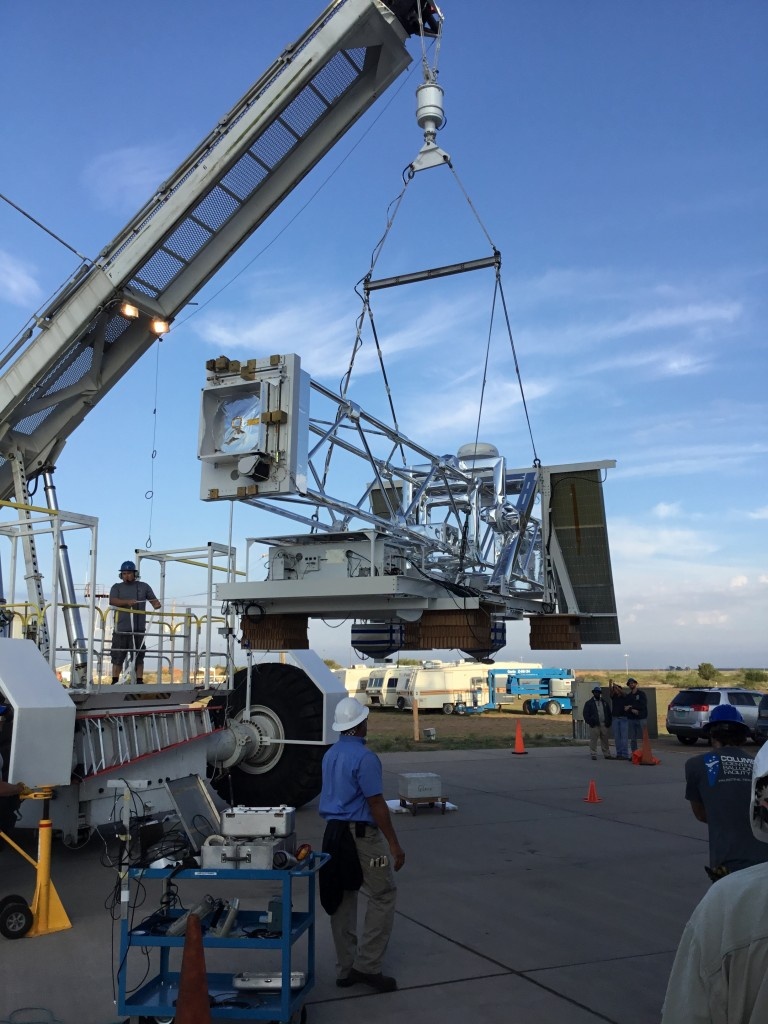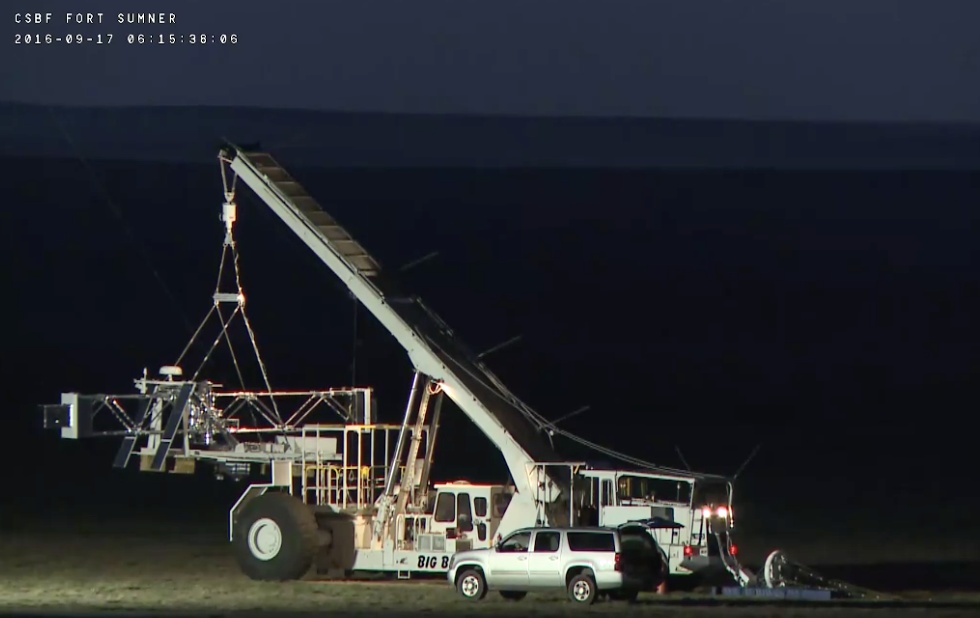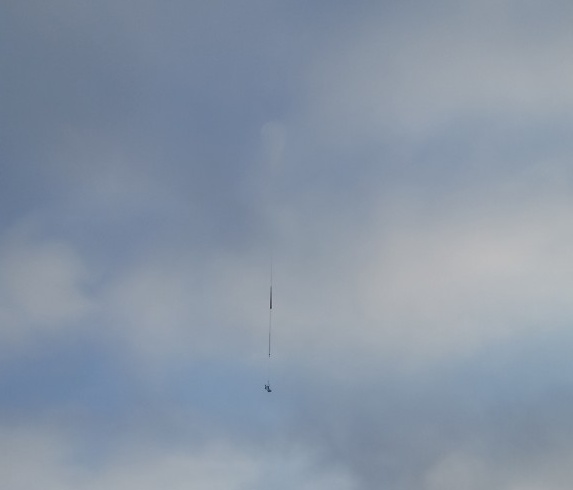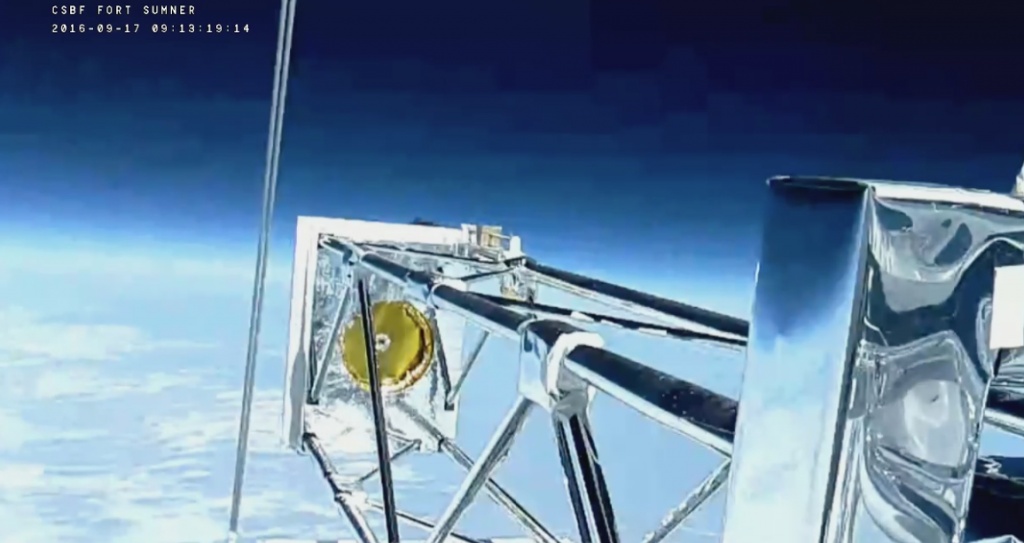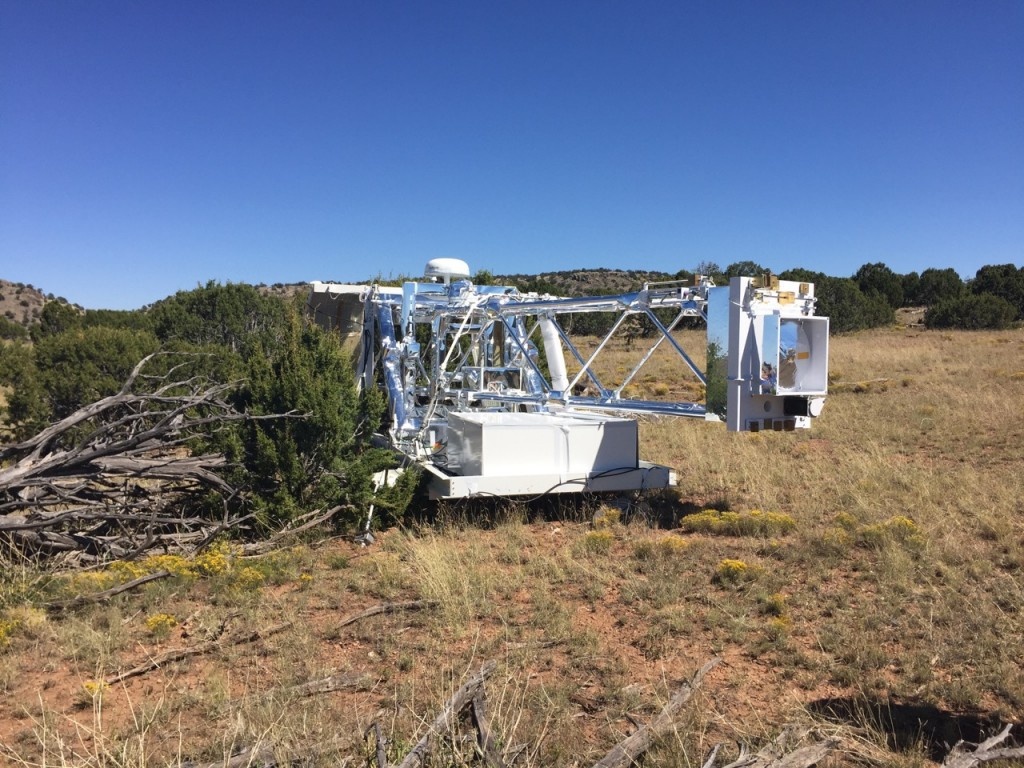Purpose of the flight and payload description
X-Calibur is a sensitive hard X-ray polarimeter built to be installed in the focal plane of a focussing hard X-ray telescope. X-Calibur measures polarization based on detecting the scattering angle of Compton scattered X-ray photons. The photons scatter preferentially into a direction perpendicular to the orientation of the electric field vector. The experiment uses a low-atomic-number (plastic) slab as scatterer and high-atomic-number solid state detector ("CZT" detectors) to absorb the scattered photons. It operates in the 20-80 keV range. The instrument combines a >80% detection efficiency, with a Full Width Half Maximum (FWHM) energy resolution of 5 keV, and a very low background level. X-Calibur is the only hard X-ray polarimeter which achieves a sensitivity close to the limiting sensitivity dictated by the physics of Compton interactions.
A Wolter grazing incidence mirror specialy developed for the InFOCµS project by the Nagoya University in Japan -composed of 255 aluminum shells coated with platinum and carbon layers- focuses the incoming X-rays onto the polarimeter. An 8 meter-long telescope structure holds the mirror and the polarimeter on either end. The truss structure consists of two halves that are connected to a set of gimbal frames which can be turned in pitch and yaw by the Wallops Arc-Second Pointer (WASP) system, a high-accuracy attitude control system for balloon-borne payloads developed at NASA's Wallops Flight Facility. The WASP system points an instrument using a gondola mounted pitch/yaw articulated gimbal. The range of motion of the yaw-gimbal is purposely minimized to reduce kinematic coupling during fine pointing. Thus, the gondola itself is suspended beneath a standard NASA Rotator to provide large angle azimuth targeting and coarse azimuth stabilization. The system includes a star tracker, which is co-aligned and cross-calibrated with the optical axis of the X-ray mirror.
Details of the balloon flight
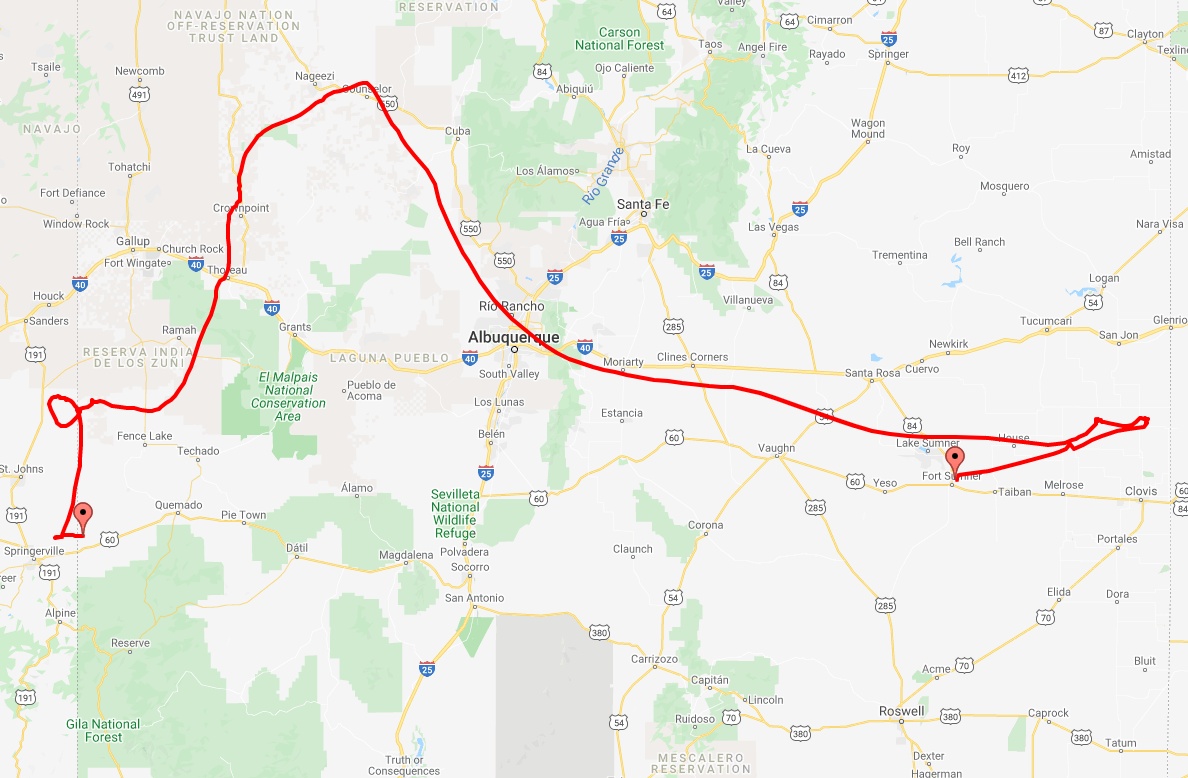
Balloon launched on: 9/17/2016 at 13:28 utc
Launch site: Scientific Flight Balloon Facility, Fort Sumner, (NM), US
Balloon launched by: Columbia Scientific Balloon Facility (CSBF)
Balloon manufacturer/size/composition: Zero Pressure Balloon Raven Aerostar - W39.57 (39.500.000 cuft)
Flight identification number: 671N
End of flight (L for landing time, W for last contact, otherwise termination time): 9/18/2016 at 17:03 utc
Balloon flight duration (F: time at float only, otherwise total flight time in d:days / h:hours or m:minutes - ): 28 h 15 m
Landing site: W of Red Hill, New Mexico, US
The balloon was launched by dynamic method from the Scientific Flight Facility of Ft. Sumner (NM) at 13:30 utc on September 17, 2016. After a nominal ascent phase at 16:30 utc X-Calibur achieved float altitude of 128.000 ft. The mission was terminated 24.5 hours after reaching float altitude at 17:03 utc on September 18, 2016. Total flight time was 27 hours and 30 minutes. During the landing, the telescope truss sustained only very minor damage on the surface of a few carbon fiber tubes. There was no damage to the polarimeter or any other components that were mounted on the truss. The X-ray mirror was recovered on September 18, only a few hours after landing. The rest of the experiment was recovered on September 20.
During the flight were obtained good data sets on the Crab Nebula and Pulsar (a neutron star), Sco X-1 (a mass accreting neutron star), and Cyg X-1 (a stellar mass black hole).
External references
- Design of the telescope truss and gondola for the balloon-borne X-ray polarimeter X-Calibur ArXiv - Instrumentation and Methods for Astrophysics (astro-ph.IM)
- Optimization of the design of X-Calibur for a long-duration balloon flight and results from a one-day test flight J. of Astronomical Telescopes, Instruments, and Systems, 4(1), 011004 (2018)
- X-Calibur website Washington University
13146If you consider this website interesting or useful, you can help me to keep it up and running with a small donation to cover the operational costs. Just the equivalent of the price of a cup of coffee helps a lot.

